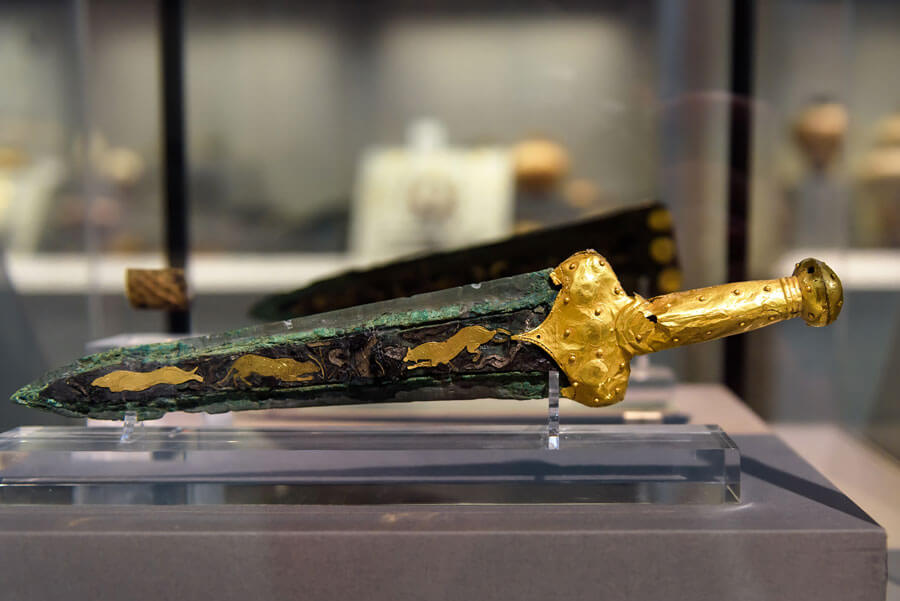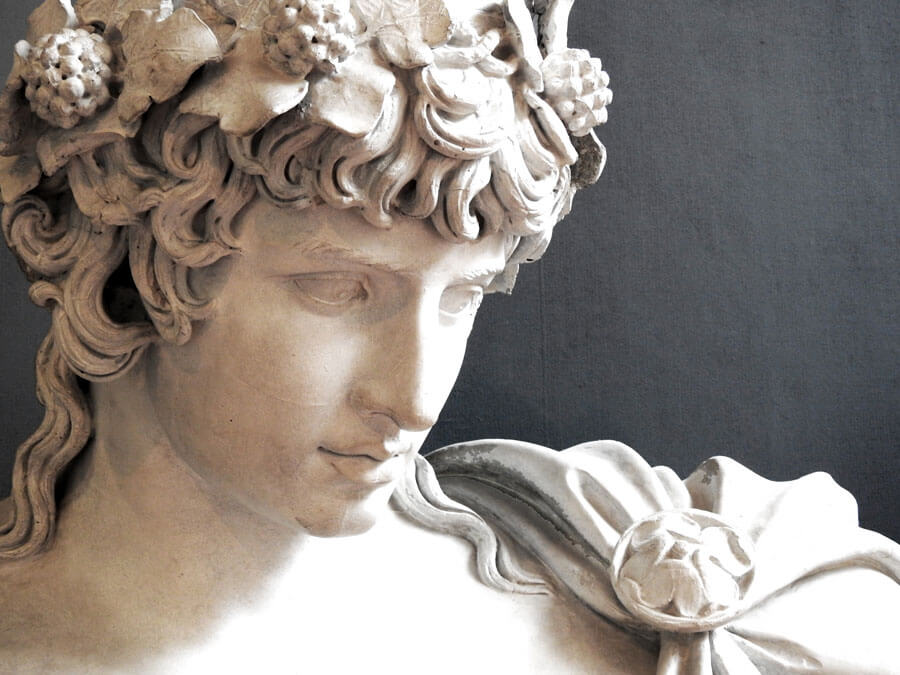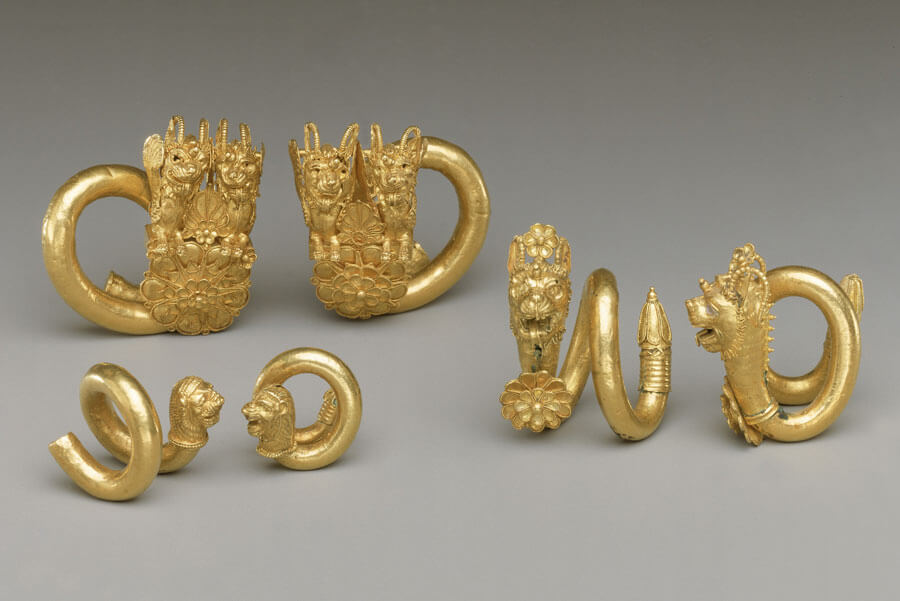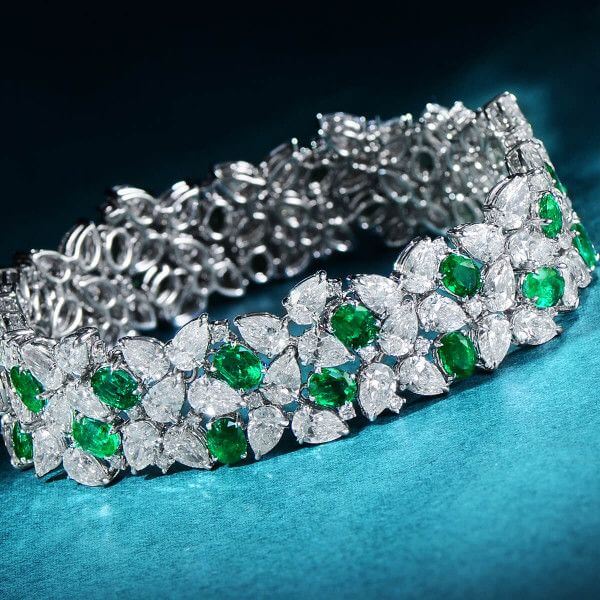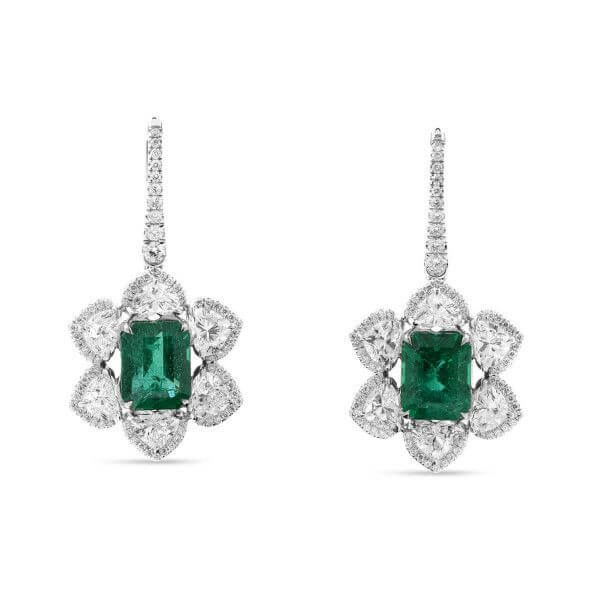Archaic Period Greek Revival
With little evidence of jewelry production continuing in Greek areas, it's remarkable that jewelry produced after the Greek Dark Age closely resembles that of the Mycenaean and Minoan cultures. It is commonly assumed that before the Greek Dark Age, the Phoenicians, traders from the Levant, had picked up styles and techniques from the Minoans and Mycenaeans, which they then reinstated.
Around the 5th and 4th centuries BCE, Greece presents her Classical Age. Greece was known to have a strong influence over the Roman Empire and the foundations of Western civilization during this time. The Classical period, also known as the "Golden Age," is an important period in jewelry history in general, and Ancient Greek Jewelry in particular, because it encompasses much of the artistic thought at the time in architecture and sculpture, modern Western politics, and scientific concepts.
Wreaths inspired by nature first appeared in the 5th century BCE on Greek jewelry and gained popularity in the 4th century BCE. Rosettes, flowers, and tassels were all common motifs. Ornate wreath designs, stones, and engravings were created as complete circles with decorative designs on finger rings, intricate necklaces, and bracelets.
Dionysus, the ancient Greek god of wine, winemaking, grape cultivation, fertility, ritual madness, and theater, is the only adult male present in female jewelry. The design of the jewelry of the time includes lots more birds and bees. Wreaths were inspired by plants and trees such as oak, olive, ivy, vine, laurel, and myrtle, while pendants and earrings were made from the seeds or fruits of these plants. Acorns and beechnuts gained popularity as well.


